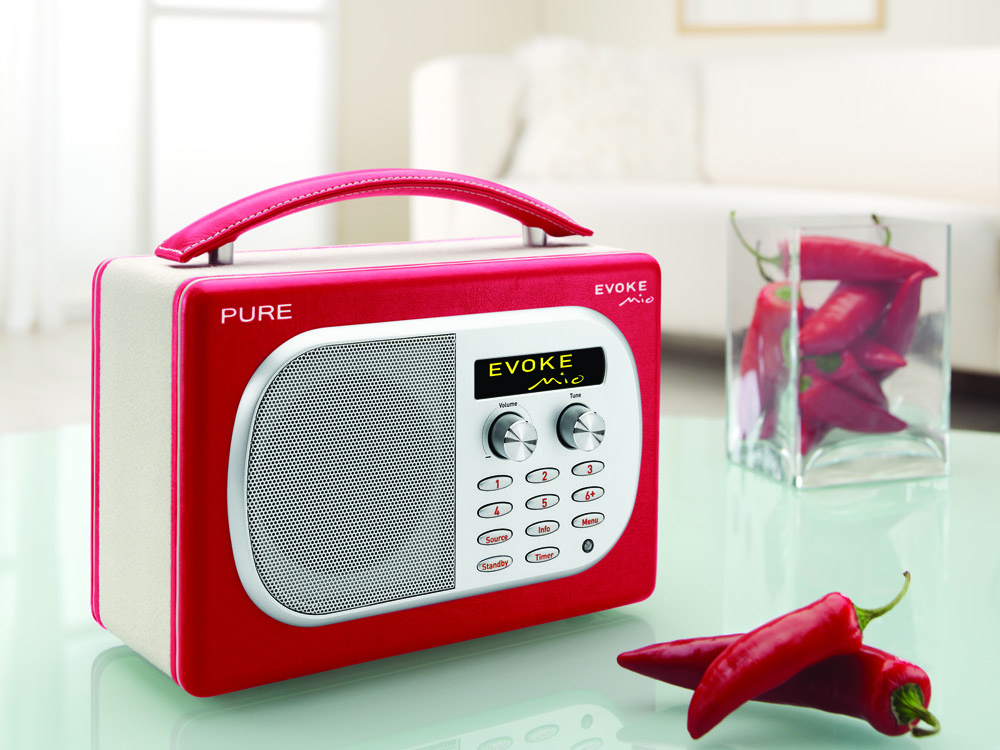Tune in and tune out with digital radio

The digital broadcasting revolution has arrived in Australia. Although most of the attention has been given to the switch from analogue to digital TV transmission, the nation is also in the midst of changing from analogue to digital radio.
Commercial Radio Australia chief executive Joan Warner says the inauguration of digital radio is a culmination of seven years’ work with the Federal Government, the Australian Communications and Media Authority (ACMA), commercial broadcasters, the ABC and SBS.
ADVERTISEMENT
“Retailers and manufacturers of digital radios have also contributed to a comprehensive and co-ordinated switching on of a compelling new way of listening to radio,” she says.
“Listener response to our ‘digital radio is coming’ awareness campaign has been outstanding. New retailers are contacting manufacturers for digital radio stocks. The initial market response in Perth, Adelaide and Melbourne has been terrific, with retailers already re-ordering.”
Digital radio means you can listen to your favourite stations, plus new programming, such as Austereo’s Radar and Pink Radio and DMG’s NovaNation and Koffee, all in digital-quality sound and with interference-free reception.
It also means listeners are able to tune to the station by name, rather than frequency. On some radios you can pause and ‘rewind’ a few minutes if you missed a song you like.
Further, you have access to scrolling news, sport and weather text and the capacity to transmit on screen, on some receivers, a picture of a radio host, cover of a CD or a product picture.
Digital radio is unlike Internet radio in that it is free to air; all you need is a new digital receiver. There are no subscription fees or signing up – just tune in.
Internet-only radio services are streamed over the telecommunications networks and incur a download cost that varies depending on the Internet service provider package.
“The Australian radio industry has invested in and created its digital future,” Joan says.
“It will compete with other digital technologies and continue to maintain radio’s relevance in listeners’ lives.”
For the time being, AM and FM services will continue to be broadcast to allow for the change-over of the estimated 50 million analogue radios owned by Australians.
There are an estimated five radio devices per home, so listeners need time to change them over before any discussion can take place about switching off analogue. And digital services outside the five launch cities must be planned.
Canohm marketing manager Robert Costello says AM radio listeners in the five mainland capitals will be the big winners from the digital radio revolution.
“For AM radio listeners it will be like the difference between black-and-white and colour TV. They, and FM fans, will also really enjoy the ability to display additional information on the LCD screen, such as the name of the song and the artist, or traffic, sports and weather updates.”
Sangean, one of the world’s largest specialist radio manufacturers, has earned a solid international reputation for outstanding performance from its wide range of analogue models. The company’s experience with digital radio puts it in the box seat to capture the market in Australia.
The entry model, the compact Sangean DPR-69, is a mere 16cm wide, 10.5cm high and 3.7cm deep. In addition to the speaker, it offers stereo playback through the headphone jack and weighs less than 350g, making it a highly portable unit.
Rechargeable batteries (not supplied) can be topped up by the radio, using its 240V AC adaptor, or it can operate on AA alkaline batteries.
Other Sangean models being rolled out include the larger DPR-99 portable radio, which will appeal to AM audiences – especially those who appreciate football and cricket broadcasts or listening to the ABC.
The WFR-1D table-top model has been designed to become the family radio hub, receiving digital and FM services, as well as offering access to stations around the world via the Internet. It also has the ability to stream music selections stored on your personal computer.
And for those who have a component hi-fi system, the WFT-1D digital radio replaces the old AM/FM tuner and connects to the amplifier, again offering global access to Internet radio, PC-based music and FM.
Listeners can type in their postcode at www.digitalradioplus.com.au to see whether they live in an area that can receive digital radio, or where they can buy a digital radio. Alternatively, they can SMS their postcode to the mobile phone number 0409 DR PLUS (0409 377 587) to find out if digital radio is available.
DAB+ digital radios will be available in all shapes and sizes – MP3-style devices, hi-fi, portable players, clock radios, car adaptors and USB radio adaptors. DAB+ tuners can also be integrated into a home automation system.
Prices will vary depending on features. Entry-level radios start from about $150, and a model with all the digital capabilities will start about $299.
For a list of the DAB+ enabled digital radio stations in your State, click one of the links below:
-
ADVERTISEMENT
-
ADVERTISEMENT

